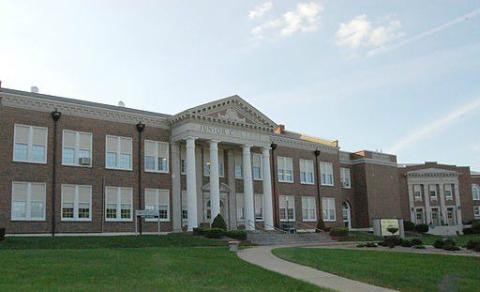Community colleges are increasingly emerging as a feasible alternative to getting a degree. A survey of students at community colleges nationwide found that 60 percent of students who transfer go on to eventually attain bachelor degrees.
The findings, which were announced by the National Student Clearinghouse Research Center, illustrate the viability of community colleges as a substantive pathway to completing a full four-year degree.“The results will help students, institutions and policymakers to better understand the different pathways to college success,” stated Dr. Doug Shapiro, executive director of the National Student Clearinghouse Research Center. “The majority of students who transfer from a two‐year to a four‐year institution are successful, but pre‐transfer degrees, destination institutions, timing of transfer and enrollment intensity are all important factors in completion.”
The survey found that the most popular transfer destination is a public university (73%) compared to the 20% of students who transfer to a private, nonprofit university and 8% who transfer to a private for-profit college.
Once students transferred, though, the study found significant differences in the type of enrollment pursued. More than half of transfer students engaged in mixed enrollment, meaning they took a full-time course load in some semesters, and were part-time students in others. Roughly a third of students (37 percent) enrolled exclusively full-time and only 8.4 percent of students enrolled part-time.
Post-graduate findings also highlighted strong points for a community college pathway to bachelor degree completion. Within six years of the transfer, 62 percent of students completed their coursework at a four-year institution. There was also only a five percentage point difference between degree completions at a four-year private institution (60 percent) vs. a four-year public institution (65 percent).However, researchers found that students who transferred from a two-year college with either a certificate or associate’s degree, were much more likely to graduate with a bachelor’s degree than those who transferred without completing the two-year degree/certificate.
By the sixth year mark, the study found that the 72 percent of students who graduated with a bachelor’s degree had previously completed a two-year degree or certificate. Comparatively, 56 percent of students who graduated with a bachelor’s degree did so without earning an associate’s degree or certificate.
Researchers believe that the differences in graduation rate between the two-year degree versus non-degree transfers could be reflective of degree students being able to apply a greater quantity of courses to the bachelor’s degree, thus allowing them to graduate sooner. Researchers call it a “smoothing of pathways via articulation agreements between two-year and four-year institutions.”
The study further highlights the need for better partnership between community colleges and universities in the transfer process as well as community college administrators promoting degree completion among its students before they transfer to four-year institutions.
As students seek to pursue high quality post-secondary education at affordable rates, community colleges are poised to develop greater pathways to bachelor degree status.
